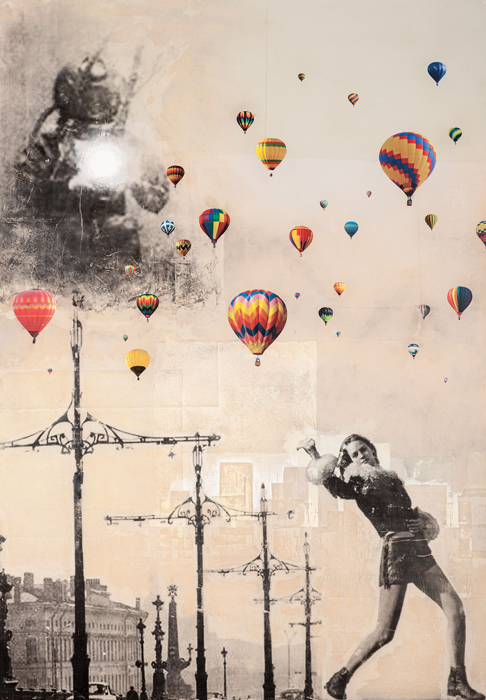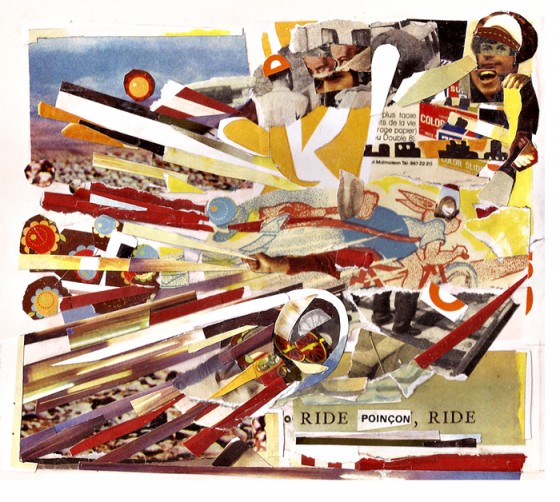
click image to read more


In each issue of Kolaj Magazine, we publish a Cut Out Page where we present imagery from various sources, carefully selected by our team of contributors or occasional guests. We then encourage you, dear reader, to cut out some of these images to create your own collage and send it to us.
After all the entries are in, we pick the one we like the best. For Issue Four, that work is by….